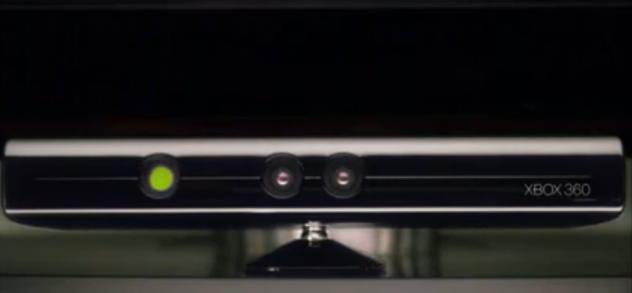 Kudo Tsunoda took a shot at the Wii when introducing Microsoft’s answer to motion control today.
Kudo Tsunoda took a shot at the Wii when introducing Microsoft’s answer to motion control today.
“This isn’t a game where you end up on the sofa just kind of using some preset waggle commands,” the project’s creative director said, talking about a physically intense tech demo.
Indeed, the so-called “Project Natal” was impressive, at least from where I was sitting at Microsoft’s E3 press event. As rumored, the technology is a 3D motion-sensing camera that needs no other peripherals to operate.
Video demonstrations included a young man performing karate kicks against an on-screen opponent, his image duplicated onscreen with dead-on accuracy. In the next clip, a girl held her hands like a steering wheel and drove a race car. When she hit a pit stop, one of her family members ran up to the screen and made the motions of replacing a tire.
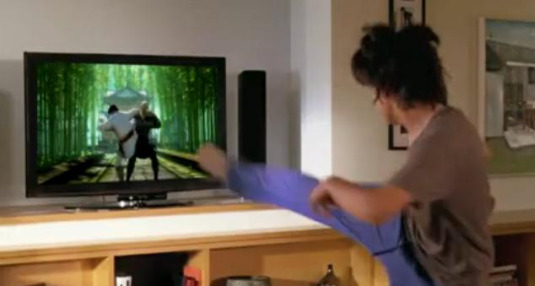
We also saw a couple of live demonstrations. In a full-bodied take on Breakout, a girl used her arms, legs and head to hit balls down a 3D corridor. Another demonstrator pretended to throw paint buckets at a screen and created live splatter art.
Finally, Fable 2 creator Peter Molyneux introduced “Milo,” a child that, in a video, interacted with a real woman. In the most impressive moment, she drew a picture, held it in front of the screen, and Milo took a virtual copy, recognizing the color and shape of the drawing. Milo will apparently be demonstrated to VIPs during E3.
Microsoft steered clear from any sort of release window for Project Natal. Everything shown was in prototype, and the initial video shown is “product vision” rather than real implementation. The closest we heard to a timetable is that development kits are going out now.
In my E3 wish list, I said I’d rather see Microsoft wait until the next console cycle to bust out motion control, but a comment by Don Mattrick, the Xbox division’s senior vice president, suggests that this technology will simply extend the life of the Xbox 360. It seems Microsoft is in no rush to move on to something else.
“We can leap into a new era of interactive entertainment without having to launch a new console,” he said.
You can see the concept video on YouTube.

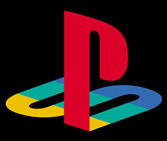 Marketing photos, video and details on a new Playstation Portable have
Marketing photos, video and details on a new Playstation Portable have 
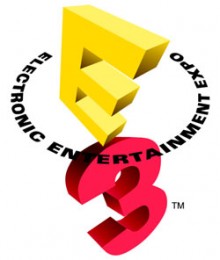
 Ever notice how
Ever notice how  One thing that first drew me to netbooks was the idea of living on the cloud. After losing everything on my last PC in a horrifying motherboard fire, I suddenly wanted to have as much as possible running over the Internet.
One thing that first drew me to netbooks was the idea of living on the cloud. After losing everything on my last PC in a horrifying motherboard fire, I suddenly wanted to have as much as possible running over the Internet.
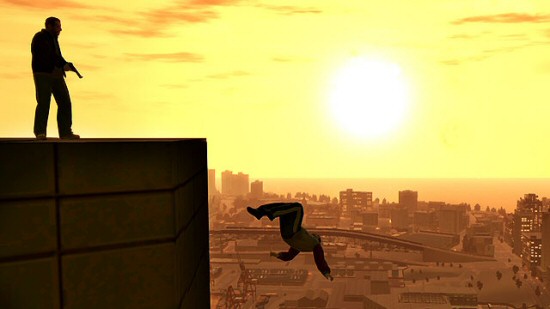 Apparently not satisfied with the level of controversy in video games lately, Rockstar has announced the next downloadable expansion for Grand Theft Auto IV, and it will be subtitled “The Ballad of Gay Tony.”
Apparently not satisfied with the level of controversy in video games lately, Rockstar has announced the next downloadable expansion for Grand Theft Auto IV, and it will be subtitled “The Ballad of Gay Tony.” Just in case the haunting wastelands of Killzone 2 and Gears of War 2 aren’t realistic enough for you, one game engine programmer suspects that true photorealism in video games is 10 to 15 years away.
Just in case the haunting wastelands of Killzone 2 and Gears of War 2 aren’t realistic enough for you, one game engine programmer suspects that true photorealism in video games is 10 to 15 years away. With all of the newspaper industry’s
With all of the newspaper industry’s  Sony is boasting about its downloadable movie and TV show offerings on the Playstation Network,
Sony is boasting about its downloadable movie and TV show offerings on the Playstation Network, 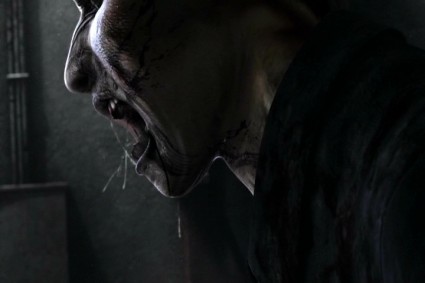 After wading carefully into the waters of the iPhone and iPod Touch with a mobile take on Resident Evil, Capcom plans to go full bore with 10 more iPhone games between now and next March,
After wading carefully into the waters of the iPhone and iPod Touch with a mobile take on Resident Evil, Capcom plans to go full bore with 10 more iPhone games between now and next March,